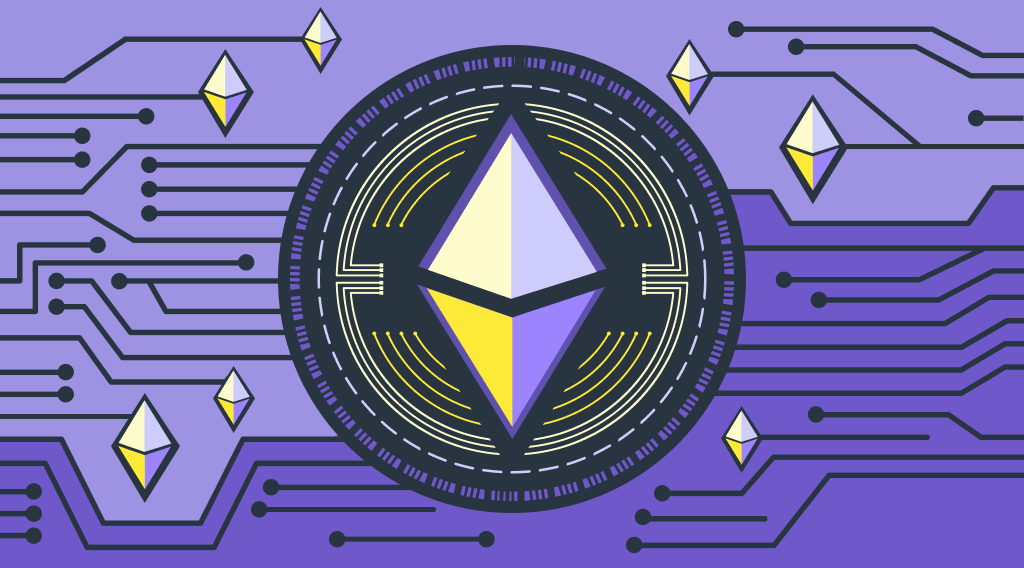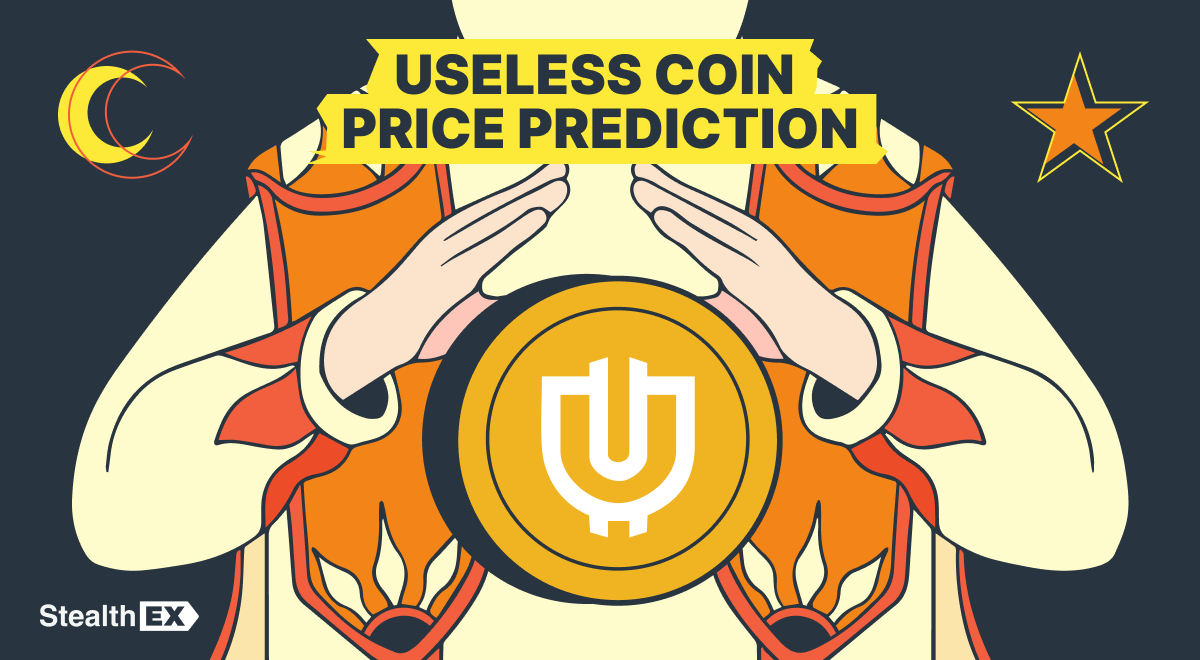Ethereum Virtual Machine (EVM) and Its Significance for Blockchain

The Ethereum (ETH) network has already achieved a milestone in the blockchain sector. It was developed as a fully working, multifaceted system of smart contracts that serve as the foundation for numerous decentralized applications. Developers now have a new platform, which can be used to apply innovative concepts and technological solutions to. Without the EVM, also known as the Ethereum Virtual Machine, none of this would be possible.

What role does the Ethereum Virtual Machine play in blockchain-based applications? Similar to the challenges in defining the cloud, it is impossible to describe the physical manifestation of the EVM. It is still a single entity, though, and is maintained by tens of thousands of computers that are interconnected. The Ethereum protocol provides an environment for all Ethereum smart contracts and accounts and guarantees the continuity, immutability, and smooth operation of the unique state machine.
Article contents
Mastering Ethereum Virtual Machine: EVM, dApps & DeFi Solutions
A virtual software processing environment called the Ethereum Virtual Machine (EVM) is where smart contracts and dApps are developed. It also might be referred to as the ‘heart of Ethereum.’ In layman’s terms, it is a massively powerful computer that distributes and stores data across the network, supervises the operation of the blockchain, and monitors the execution of the Ethereum network algorithms. Solidity is the primary programming language employed by the Ethereum Virtual Machine.
Ethereum Virtual Machine acts as a decentralized computer and may be viewed as both a software platform and a processing engine. The EVM might be used by programmers to create dApps, DeFi solutions, and a variety of other cryptocurrency applications, including play-to-earn games and NFT marketplaces like OpenSea.
The EVM operates off of a stack-based memory structure and contains memory components such as Memory, Storage, and Stack (which are used to read/write to the blockchain and manage state). Ethereum Virtual Machine is considered quasi-turing complete, which means it can solve problems given a set of instructions and inputs but is limited to the amount of gas provided along with the transaction.
EVM: Turing Complete, Combinable, Decentralized
All in all, Ethereum Virtual Machine is:
- Turing complete: Ethereum being Turing complete allows it to be able to run arbitrary logic, unlike other blockchains such as Bitcoin.
- Combinable: Ethereum isn’t the only EVM-compatible blockchain. Many Layer 1 (L1) and Layer 2 (L2) chains are EVM-compatible, making it easy to migrate and deploy contracts or transfer tokens between chains. Some examples are Polygon, BNB Smart Chain, Avalanche, and more.
- Decentralized: The EVM empowers developers to deploy dApps (decentralized applications) on Ethereum.
EVM History: Parallels with BitTorrent Origins
It’s crucial to consider the history of the Ethereum Virtual Machine before considering the best techniques for downloading the EVM. So where did it all begin? Vitalik Buterin, the man behind Ethereum, asserted that BitTorrent was one of the first dApps to launch it. Bram Cohen created BitTorrent in 2001, and despite the passage of time and numerous attempts to shut it down, the file-sharing protocol is still in use today.
The parallels between EVM and BitTorrent are quite clear: if you actually want to halt BitTorrent, you must turn off every computer on the planet. These two environments are both limitless virtual devices with no physical boundaries.
Diverse Uses of Ethereum Virtual Machine (EVM)
The Ethereum Virtual Machine serves as a sizable database for keeping track of all the accounts and balances on the Ethereum blockchain. The EVM also functions as a machine state, capable of running machine code and changing itself in response to the inclusion of new blocks in the blockchain ledger.
There are a lot of companies that have been using EVM for enterprise use cases. They range from supply and retail to healthcare and insurance. Here is a list of some blockchains powered by EVM:
- Binance Smart Chain (BNB): Created by famous DEX company Binance, BNB is a blockchain platform that has been created on EVM. It offers faster and cheaper transactions.
- Polygon: Polygon is a layer-2 scaling solution for Ethereum and it was created using EVM.
- 0x: ERC-20 tokens are non-fungible coins that are exchanged via 0x. 0x is an exchange protocol that is created on EVM.
- Uniswap: Perhaps the biggest token exchange platform, Uniswap is created using EVM.
- Ethereum Classic: Ethereum Classic is a separate blockchain that was created as a result of a hard fork from Ethereum in 2016. It is fully compatible with the EVM and can run the same smart contracts and dApps as Ethereum.
- Aave: A noteworthy lending platform integrated with smart contracts is also created on EVM.
EVM: Advantages for Decentralized Solutions
The Ethereum Machine offers a number of advantages:
- There is no possibility of ambiguity or inaccuracy because the logic is implemented and executed on distributed nodes.
- EVM allows developers to create and deploy decentralized applications and services on the Ethereum network.
- It provides a secure and reliable platform for executing smart contracts and other automated services.
- It enables developers to write code that is resistant to malicious attacks and can be executed without a central authority.
- EVM provides a safe, secure sandboxed environment that protects data and transactions from harmful assaults.
- EVM offers high efficiency in the execution of smart contracts.
The Future of EVMs: EWASM vs EVM
The W3C community organization created the open standard set of instructions known as WASM, or Webassembly. Ewasm (Ethernet WebAssembly) is a ‘restricted WASM subset’ that was specifically customized for the Ethereum network. WASM is built for the Web and is currently being developed by engineers at Mozilla, Google, Microsoft, and Apple. An established set of objectives guided the creation of WASM.
In essence, WASM is made to be quick, effective, and portable. This indicates that it can be carried out ‘close to native speed’ with standard hardware components. Additionally, the program is made to be simple to understand and debug, using human-readable text that enables developers to manually view, write, and debug code.
Although Wasm is similar to EVM, it was invented for the web. Unlike correctness, Wasm emphasizes efficiency and fast loading. One of the most important outcomes of the transition from EVM to Ewasm is the dramatic increase in speed and efficiency. Ewasm will increase transaction throughput by significantly increasing the number of transactions per second that can be processed and added to each block.
Another major benefit of Ewasm is that it reduces or even eliminates the need for precompilation. The so-called precompilation (precompiled contract) is a special bit of the EVM bytecode. If a call is made to a precompiled contract, the EVM will execute the predefined native code and return the result.
Additionally, Ewasm’s third area of performance over EVM is interoperability, Ewasm will support more languages and will benefit from a broader toolset than EVM. In general, the expected conversion of Ethereum from EVM to Ewasm may bring a series of exciting new performance upgrades and other advantages. This includes speed and efficiency improvements, superior interoperability, and reduced or eliminated precompilation.

How to Buy Ethereum?
While EWASM is still a long time away from being implemented, it’s possible to invest into the future today. StealthEX is here to help you buy Ethereum. You can do this privately and without the need to sign up for the service. Our crypto collection has more than 2000 different coins and you can do wallet-to-wallet transfers instantly and problem-free.
Just go to StealthEX and follow these easy steps:
- Choose the pair and the amount you want to exchange. For instance, BTC to ETH.
- Press the “Start exchange” button.
- Provide the recipient address to transfer your crypto to.
- Process the transaction.
- Receive your crypto coins.
Follow us on Medium, X, Telegram, YouTube, and Publish0x to stay updated about the latest news on StealthEX.io and the rest of the crypto world.
Don’t forget to do your own research before buying any crypto. The views and opinions expressed in this article are solely those of the author.
buy ethereum ETH Ethereum Ethereum blockchain Ethereum cryptocurrencyRecent Articles on Cryptocurrency
 Useless Coin Price Prediction: Is USELESS Crypto a Good Investment?
Useless Coin Price Prediction: Is USELESS Crypto a Good Investment?  OFFICIAL TRUMP Coin Price Prediction: How High Will TRUMP Crypto Go?
OFFICIAL TRUMP Coin Price Prediction: How High Will TRUMP Crypto Go? 